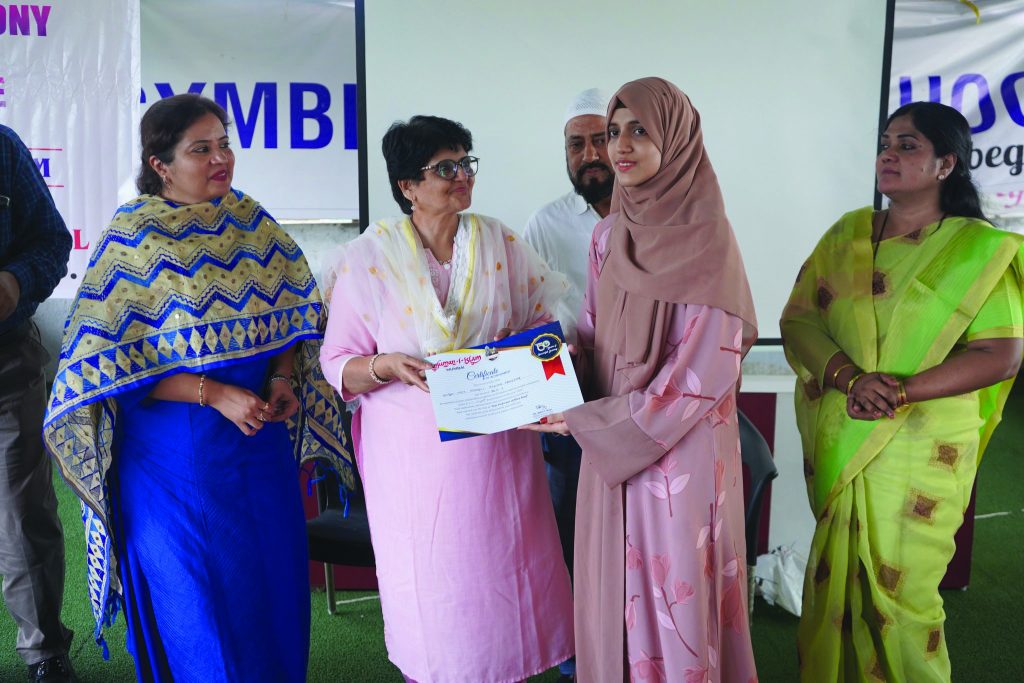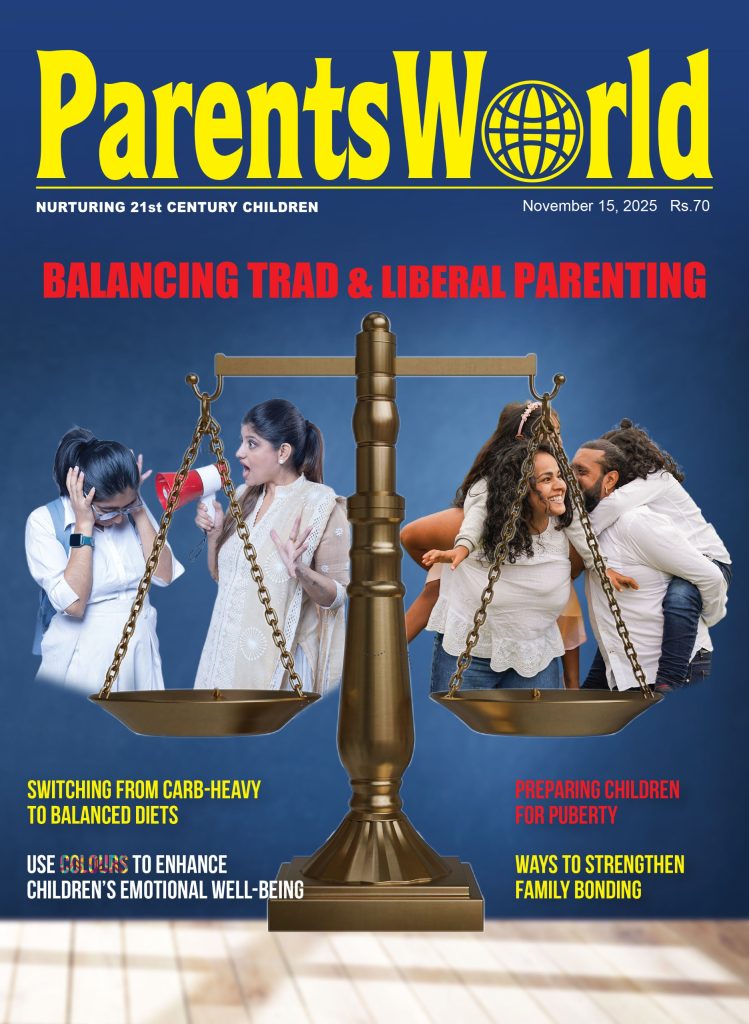Maharashtra: Hasty decree
– Dipta Joshi (Mumbai)

Ainul Attar (centre): prior debate call
An october 7 GR (government resolution) issued by the education ministry’s School Education and Sports Department mandating all education institutions running separate boys’ and girls’ schools on the same campus to transform into unitary co-ed schools, has generated a storm in a tea cup. Unsurprisingly some academics are warning this directive will alienate religious and other conservative parents, some of whom may discontinue the education of girl children.
Ministry officials say this initiative is not only a step towards gender equality, it will also reduce administrative expenditure of running parallel schools on the same campus and is aligned with the National Education Policy (NEP) 2020, which mandates inclusive, egalitarian education. The GR explains that integrating boys and girls in common classrooms from early age will dismantle social barriers, nurture mutual respect, and prepare children to normalise gender equality in academia and later in workplaces when girl children step out in the real world.
“Maharashtra has built a reputation for being among the most progressive states of the country and it’s high time we end gender segregation and move towards co-ed schools. However, before issuance of the GR the ministry should have actively nudged school managements and teachers to create awareness among communities and then let the sensibilities in the community and market forces prompt parents of girl children to attend egalitarian co-ed schools,” says Milind Mhaske, Chief Executive Officer of the Praja Foundation, an NGO dedicated to enhancing accountable governance to improve the quality of life in urban India.
Monitors of Maharashtra’s academic scene concur and fault the BJP-Shiv Sena (Shinde) government for not preparing the ground through “proactive dialogue”. This is likely to provoke pushback from conservative households. Moreover for many conservative families, gender segregated education is important for preservation of their cultural values and girls’ safety in school. They say several minority-run and faith-based institutions are debating the impact the policy may have on girls’ education.
“As an organisation that manages around 20 girls-only Urdu medium schools, I am deeply concerned about the impact of this GR, especially on girls’ education. The demand for ‘girls only’ schools exists in rural areas of the state too where, irrespective of religion, parents prefer sending their wards to segregated Zilla Parishad schools run by the government,” says Ainul Attar, Director of Higher & Technical Education of the Anjuman-I-Islam trust (estb.1874), which manages over 80 education institutions in Mumbai.
Attar also voices concern about the directive’s impact on teachers. “Many of our teachers will now become redundant as we integrate schools. In government-aided schools, the government decides where teachers are transferred, and they aren’t paid salaries until they get a posting. Maharashtra’s education sector is already burdened with over 25,000 surplus teachers in government-aided schools. We will now see a further rise in unemployment as the number of excess teachers increases. I feel there is need to debate the fallout of such policies before they are announced,’’ adds Attar.
Many single-gender private schools are mulling on how to finance the infrastructure costs attached to transforming into co-educational institutions. In government-aided schools tuition and other fees are regulated by the state government (under the Maharashtra Educational Institutions (Regulation of Fee) Act, 2011). Therefore, they cannot charge higher tuition fees or development fees and may have to depend on government funding for infrastructure expenses..
As the deadline for implementing this policy directive nears, the state’s 2,469 gender segregated schools are actively debating its pros & cons. And as celebrated lawyers are being consulted, a legal battle royale is looming.

















Add comment